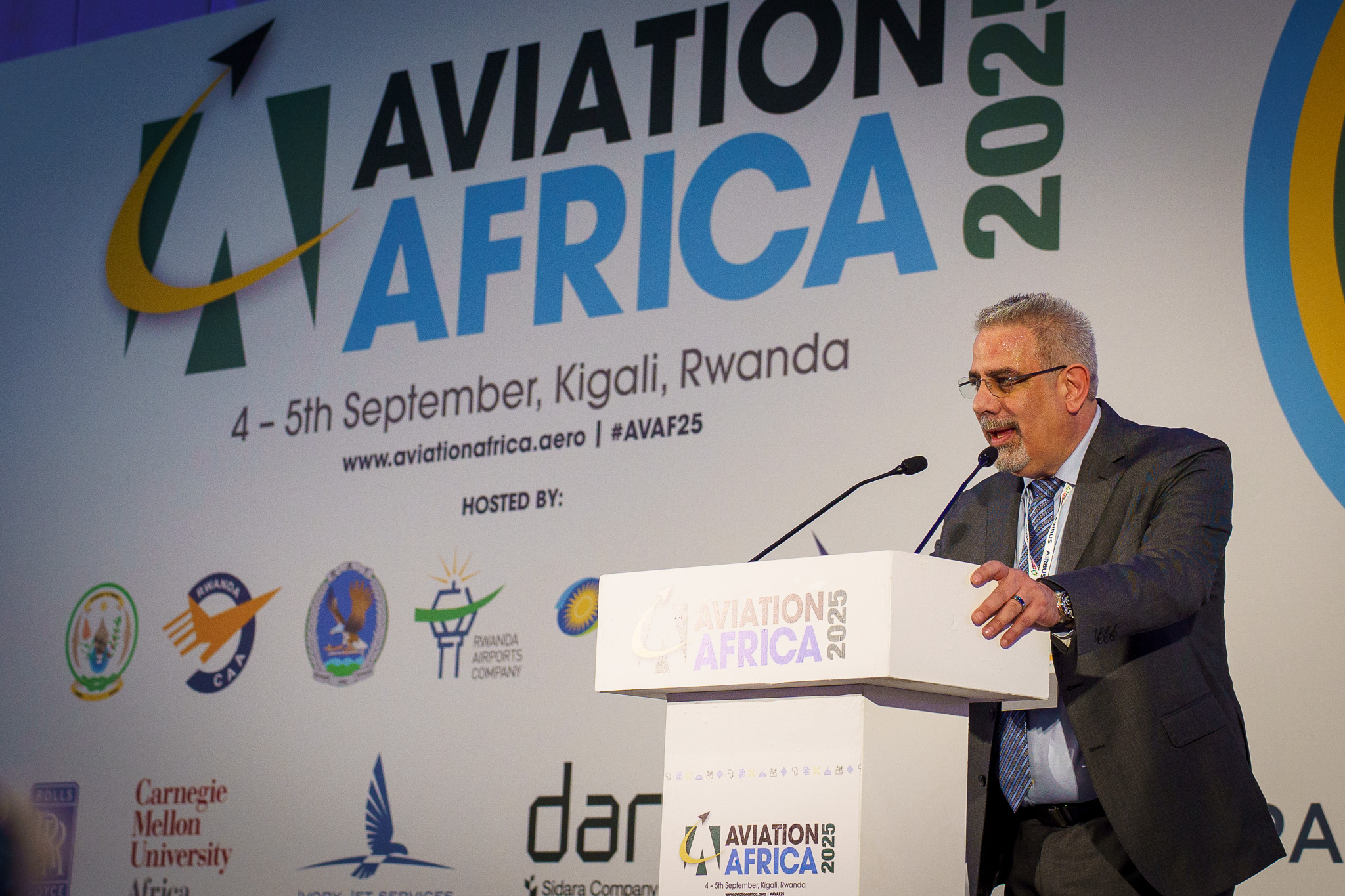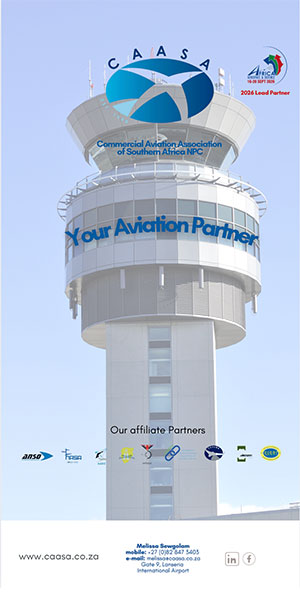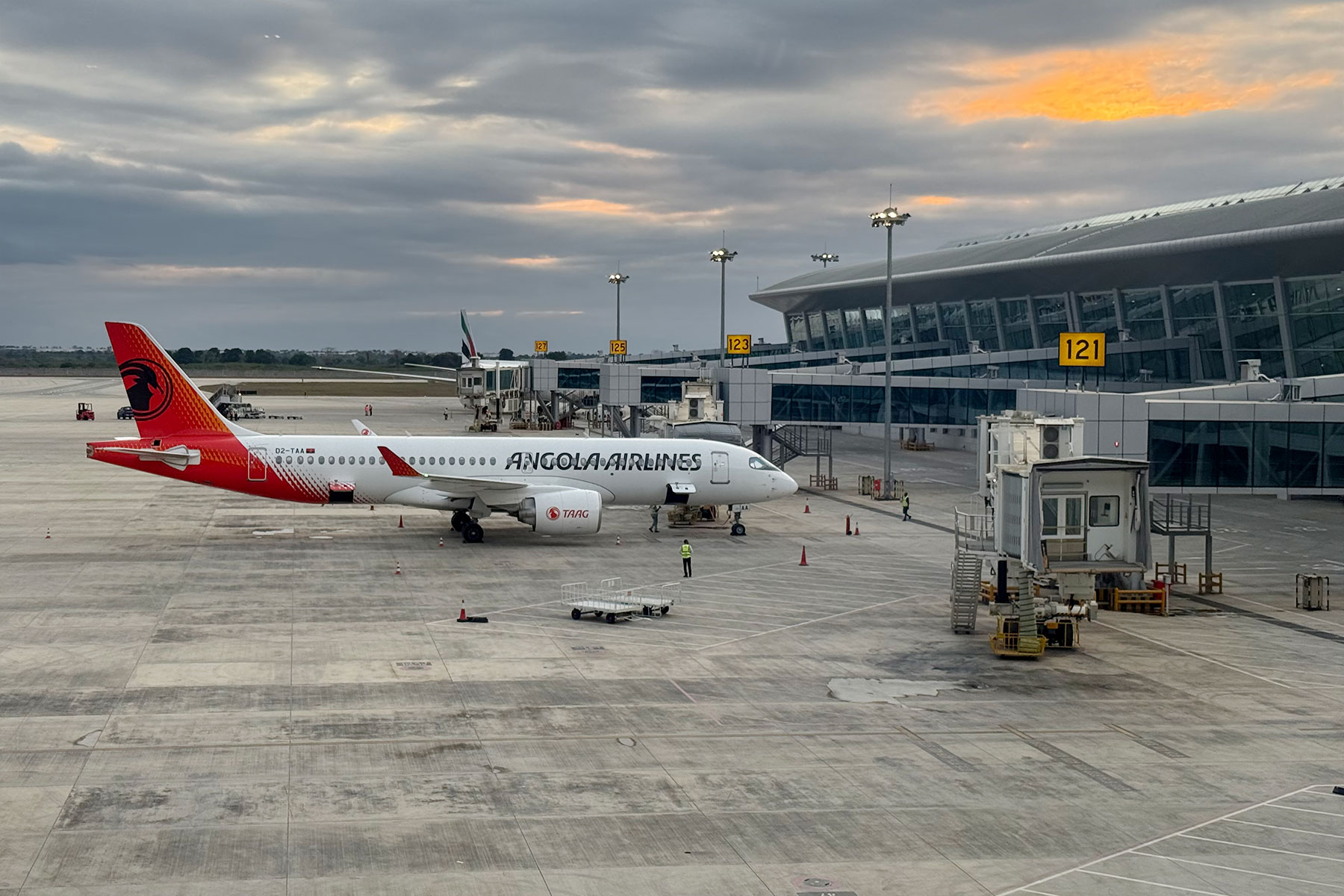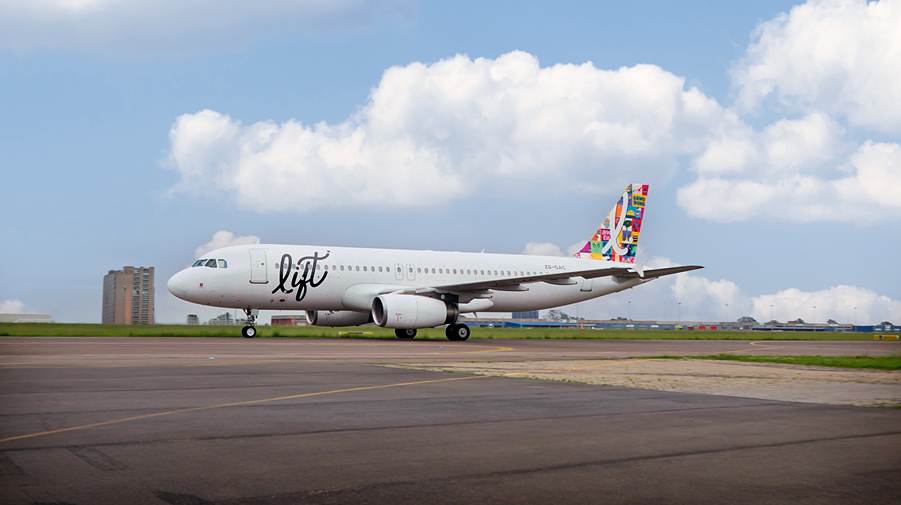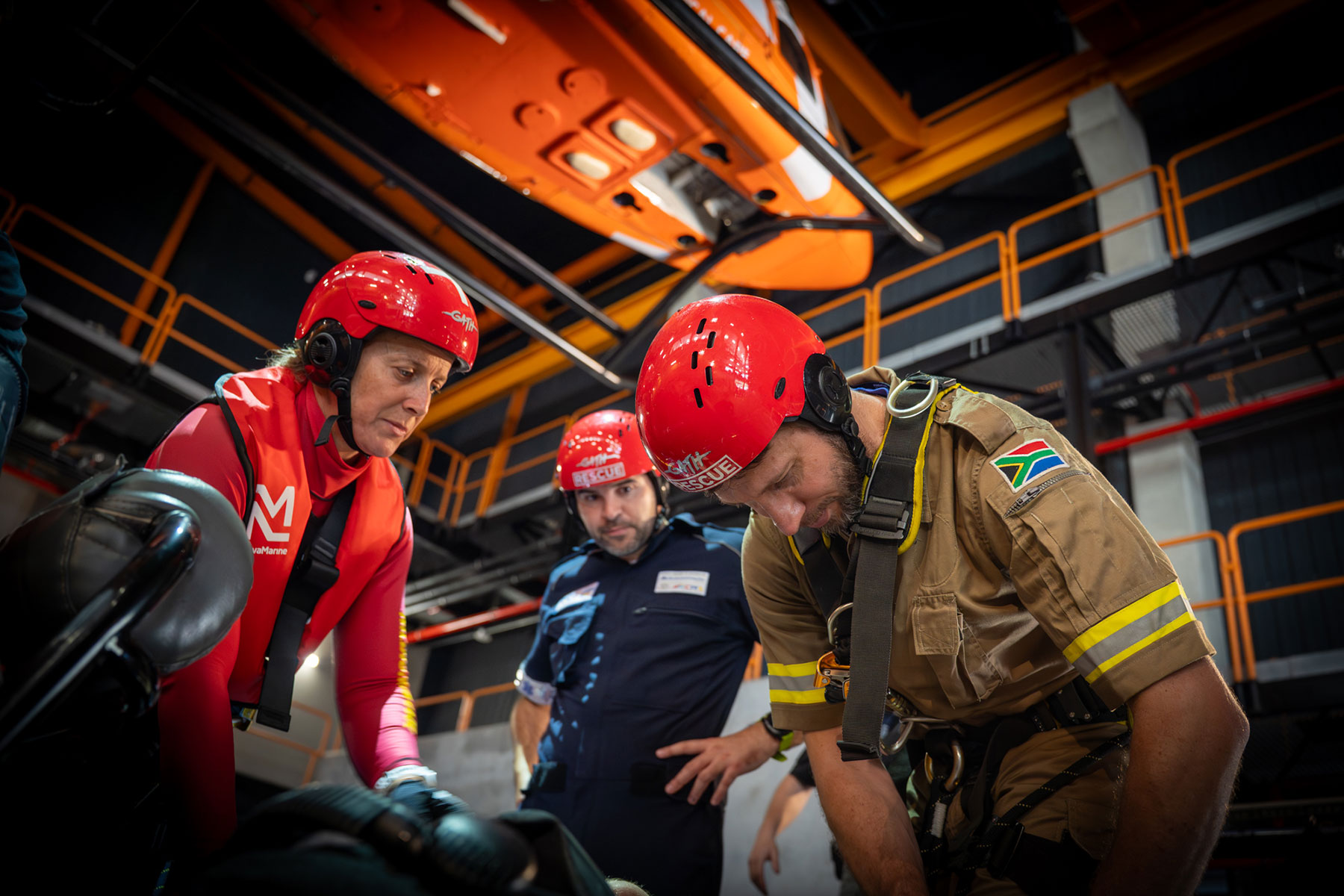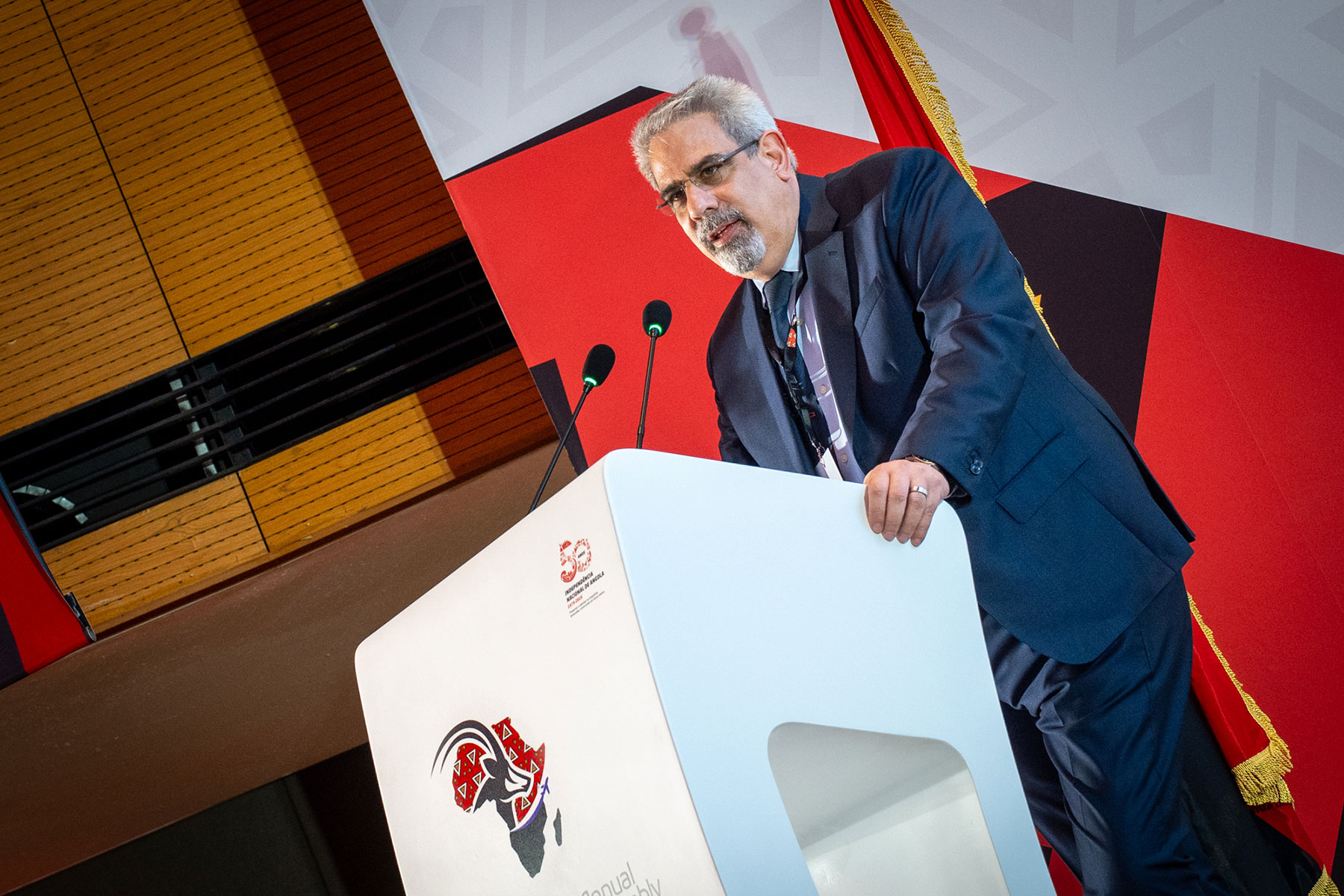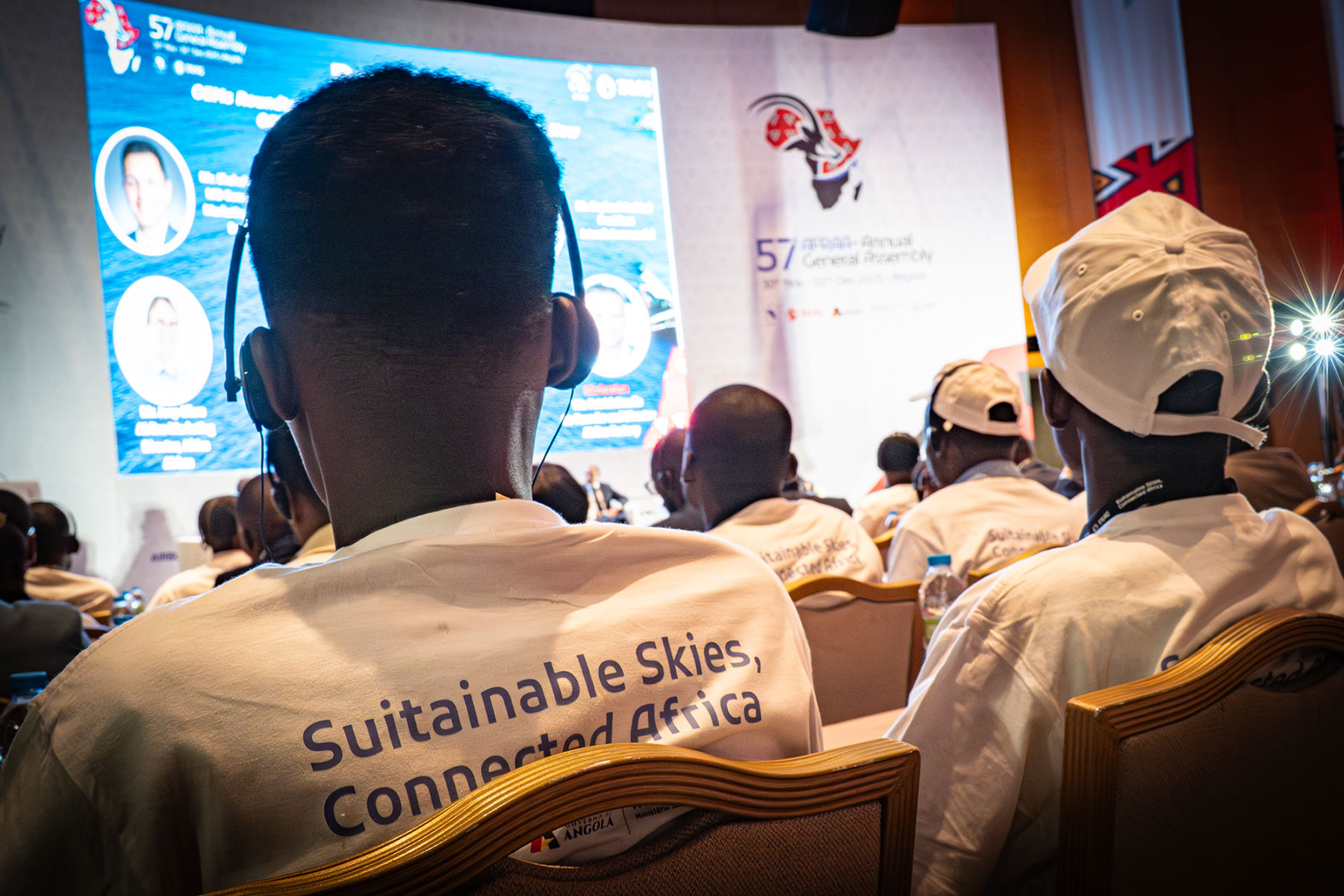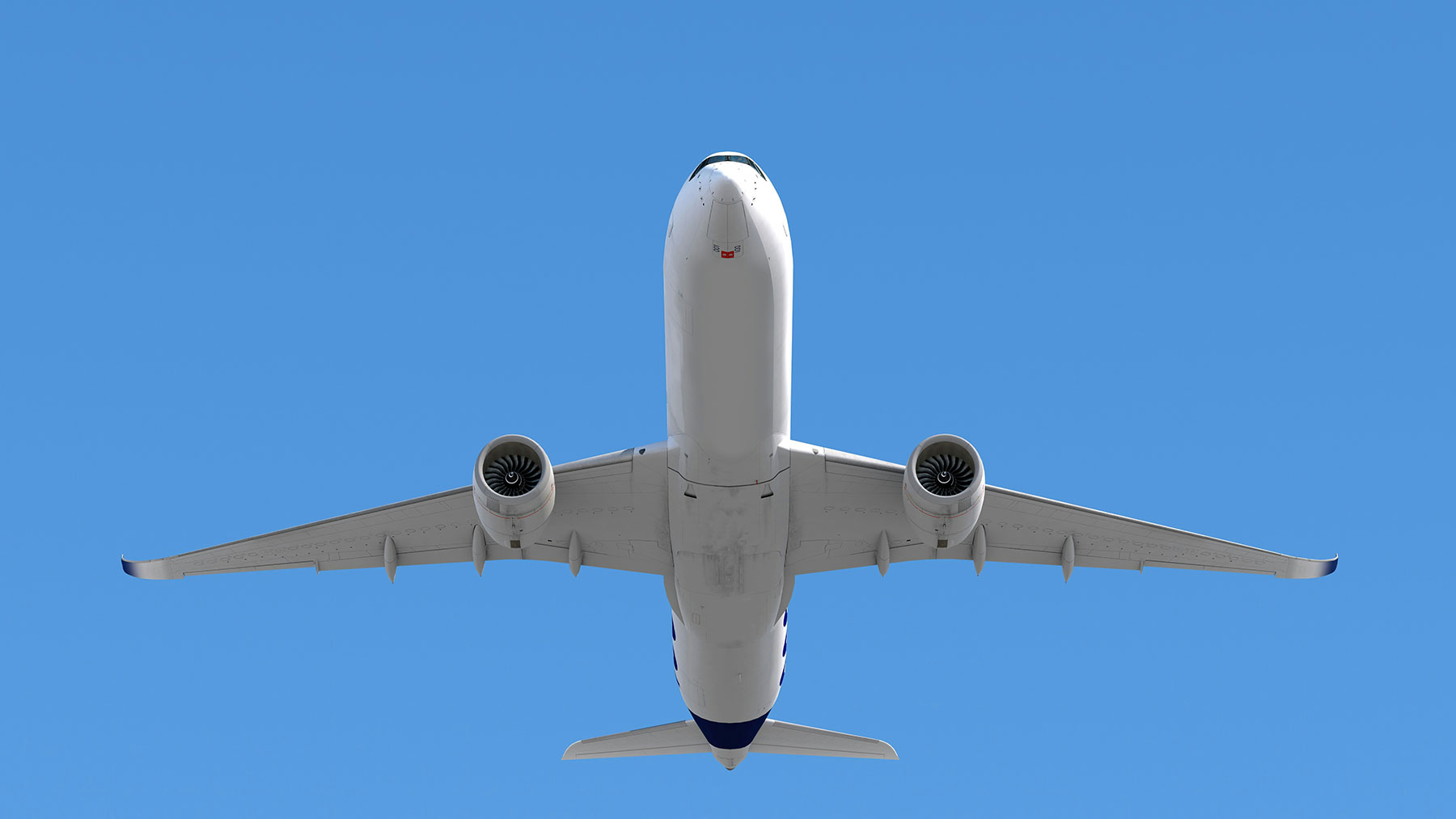At the recent Aviation Africa 2025 event in Kigali, Kamil Al-Awadhi, Regional Vice President for Africa and the Middle East at IATA, addressed the challenges and opportunities facing the airline industry under the theme Airline Industry at a Crossroads: Globally, Regionally and Locally. His presentation focused on the strategic decisions Africa must make to unlock aviation’s potential as an economic and social driver, while warning against policies that risk stifling growth.
Aviation as a Catalyst for Development
Aviation is far more than a mode of transport. It is a powerful enabler of economic growth and social progress. In 2023, air transport supported 8.1 million jobs in Africa and contributed USD 75 billion to the continent’s GDP. Every job in aviation supports 22 more across the wider economy.
Despite recent global disruptions, Africa’s aviation sector continues to show resilience. As of July 2025, African carriers recorded a 6.7% year-on-year increase in passenger traffic, reflecting sustained recovery and rising demand for intra-African and long-haul connectivity. Cargo demand grew by 9.4% year-on-year in July, the strongest monthly performance since August 2024. Growth on the Africa-Asia corridor was particularly strong at 12.1%, supported by increased belly-hold capacity, which reached its highest level since 2019.
Looking ahead, Africa’s aviation market is forecast to grow by 4.1% annually over the next 20 years, with passenger numbers expected to double to 411 million. East Africa is leading this growth trajectory, underlining the scale of the opportunity for governments, regulators, and industry stakeholders.
Connecting the Continent
A key priority identified by Al-Awadhi was the need to improve connectivity within Africa. Despite the continent’s size and economic potential, it is often easier to fly to a different continent and connect back than to travel directly between African countries. The Single African Air Transport Market (SAATM) was designed to change this by liberalising air services, opening skies, increasing competition, reducing fares, and expanding routes.
Although 38 African states have signed up to SAATM, representing more than 80% of the continent, implementation has been slow. Developing new corridors and secondary hubs would allow Africa to capture traffic currently diverted to other regions. Visa openness is another critical enabler. Countries such as Rwanda, Benin, Gambia, and Seychelles have already introduced visa-free access for all Africans, setting an example for others to follow.
The Cost Burden on Airlines
Al-Awadhi highlighted the significant cost burden facing airlines operating in Africa, citing high fees, taxes, and levies that can make flying in the region up to 20 times more expensive than elsewhere. In some countries, passenger name record (PNR) charges can exceed USD 40 one way. He noted that in many cases, 60–70% of the cost of a ticket in Africa consists of taxes, charges, and levies rather than the fare itself.
He warned that governments are often disconnected from the realities of the industry, engaging mainly when introducing new charges or seeking financial contributions. Recent examples include governments citing sovereignty under Article 1 of the Chicago Convention to justify fee increases and discourage engagement.
The Need for Government Engagement
Al-Awadhi stressed that the airline industry cannot solve these issues alone. Governments must engage meaningfully with the aviation sector and understand the impact of their decisions. New taxes may generate short-term revenue but ultimately risk damaging the industry and limiting economic growth.
He urged governments to reinvest aviation-related charges into infrastructure improvements, including airports, runways and air navigation services. Many African states have some of the highest charges globally but operate with poor infrastructure, which further undermines efficiency and competitiveness.
The message from Al-Awadhi was clear: Africa’s aviation industry is at a crossroads. With demand growing and passenger numbers set to double, governments and stakeholders must work together to create an enabling environment for airlines. Connecting the continent through liberalised skies, reducing excessive costs, and reinvesting in infrastructure will unlock the economic and social benefits aviation can deliver for Africa.
